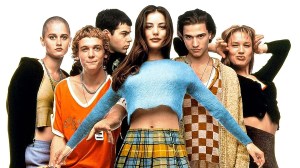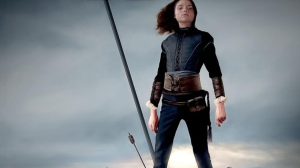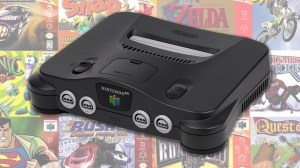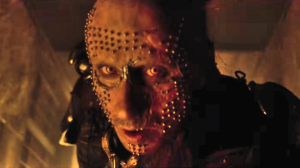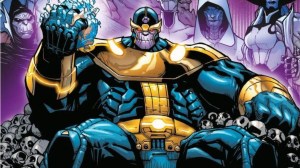When Mission: Impossible III hit theaters in 2006 it was something of a mixed bag. On one hand, it was a night and day improvement over John Woo’s nonsensical and over-stylized Mission: Impossible 2. On the other, even with the franchise’s best villain in Philip Seymour Hoffman’s Owen Davian and a terrific opening scene, it was still middle of the road. It signified that the franchise was in need of a bit of an overhaul. In Brad Bird’s Mission: Impossible – Ghost Protocol, the action franchise got just that. Sublimely crafted and equipped with one of the best set-pieces in cinematic history, Mission: Impossible – Ghost Protocol is arguably the best installment of the franchise to this day.
Videos by ComicBook.com
“Arguably” because its successors continued bringing its most successful elements to the table. So just what exactly was it that made Ghost Protocol such a winner? Its ability to make you grip your seats by subverting your spy movie expectations.
How Does Mission: Impossible – Ghost Protocol Up the Tension?
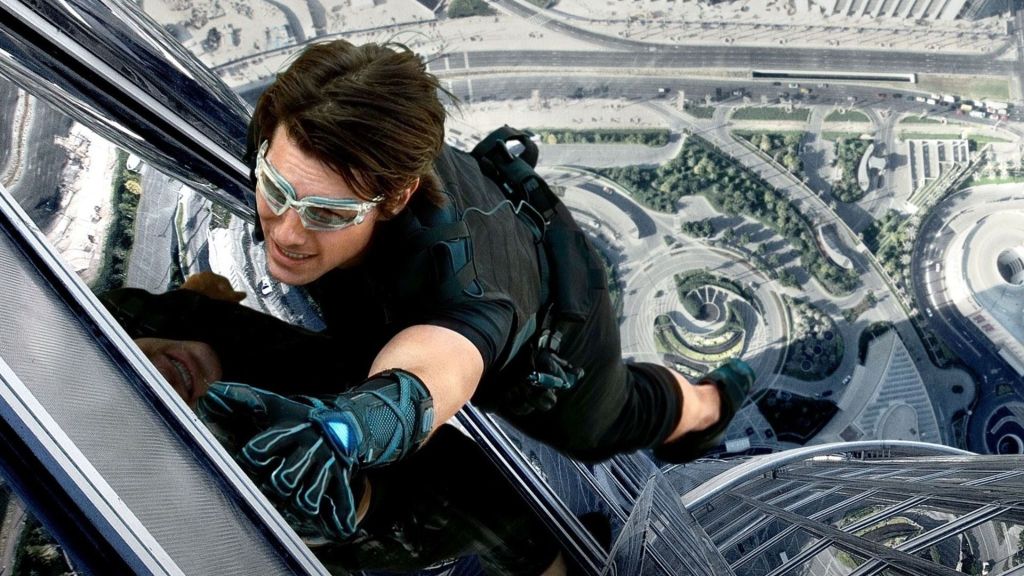
In the first handful of Mission: Impossible movies, not unlike the vast majority of 007’s adventures, Ethan Hunt brings along one or more gadgets that just so happens to be the thing that saves his skin in the nick of time in very specific adverse situations. When he and Jean Reno’s Franz Krieger break in Langley, what nearly exposes their highly illegal gambit is Krieger getting all freaked out by a mouse, not any fault in their equipment.
In Mission: Impossible – Ghost Protocol, human error more often than not has nothing to do with it. Ethan Hunt and crew (but mostly Hunt) are at the top of their game, and it’s the equipment itself that fails them. Would watching Hunt scale the Burj Khalifa in IMAX be tense without one of the gloves failing him be tense? Sure, it’s the Burj Khalifa. For the acrophobic in the audience, it’s practically unbearable. But when those little blue lights on that glove do go off, you jump.
[RELATED: New Mission Impossible – The Final Reckoning Trailer Is Still Hiding Tom Cruise’s Most Dangerous Stunt]
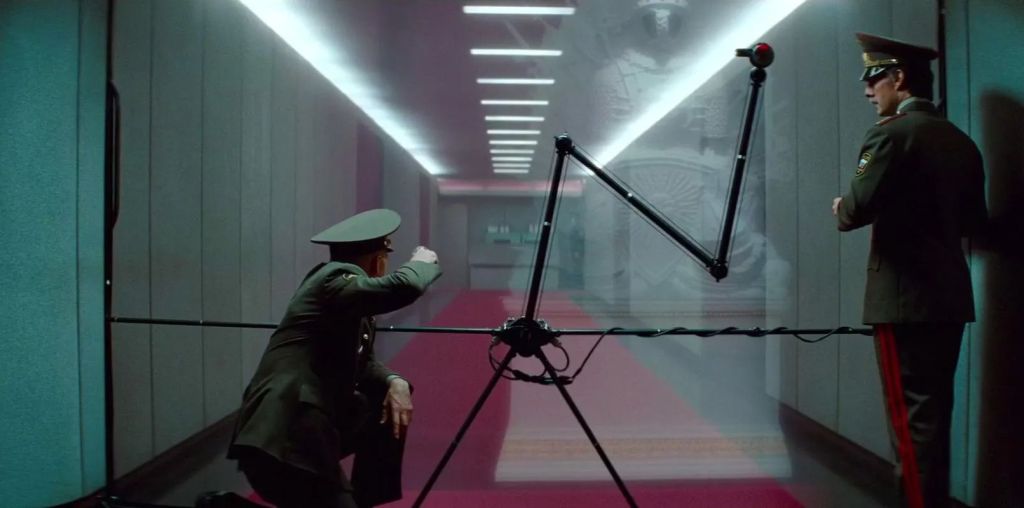
That’s not the only time in the film equipment failure makes a good set piece great, either. Early in the film when Hunt and Simon Pegg’s Benji Dunn infiltrate the Kremlin, they use a device that projects the image of an empty hallway to fool a guard. Admittedly, there is a bit of human error (Benji accidentally puts his face up in front of the camera, making it humorously projected in a close-up) but equally tense is the device’s eventual malfunction, which is what ultimately reveals that the two have infiltrated the building.
For the most part, though, the gadget failures prove to be an asset to the Burj Khalifa scene (or rather scenes, as that entire set-piece has multiple focuses and occupies a decent chunk of the runtime). When Hunt is on the exterior of the building, nearly falling (and falling) to his death, it’s not just the climbing gloves that fail him, but the glass-cutting laser, as well. It cuts about half a circle and then dies. It’s up to Hunt then to swing out and slam his feet against the glass. Each time he does so, it’s incredibly tense.
Then there’s the mask-making machine, which breaks midway through constructing the disguises for Hunt and Paula Patton’s Jane Carter, leading to them having to alter their mission to the point they’re just flat-out showing their faces, hoping they won’t be recognized. It makes the whole mission far more dangerous. And, as it turns out, they can’t even get a payphone to work properly for them.
14 years later, Mission: Impossible – Ghost Protocol remains a highpoint for the franchise. The only thing that gives Mission: Impossible – Rogue Nation an edge over it for some people is the introduction of the Syndicate and Rebecca Ferguson’s star-making performance as Ilsa Faust. And, when it comes to Mission: Impossible – Fallout, it’s hard to argue with the merits of seeing Henry Cavill play way against type as the villainous August Walker/John Lark (not to mention that three-way bathroom fight scene between Cruise, Cavill, and Liang Yang).

